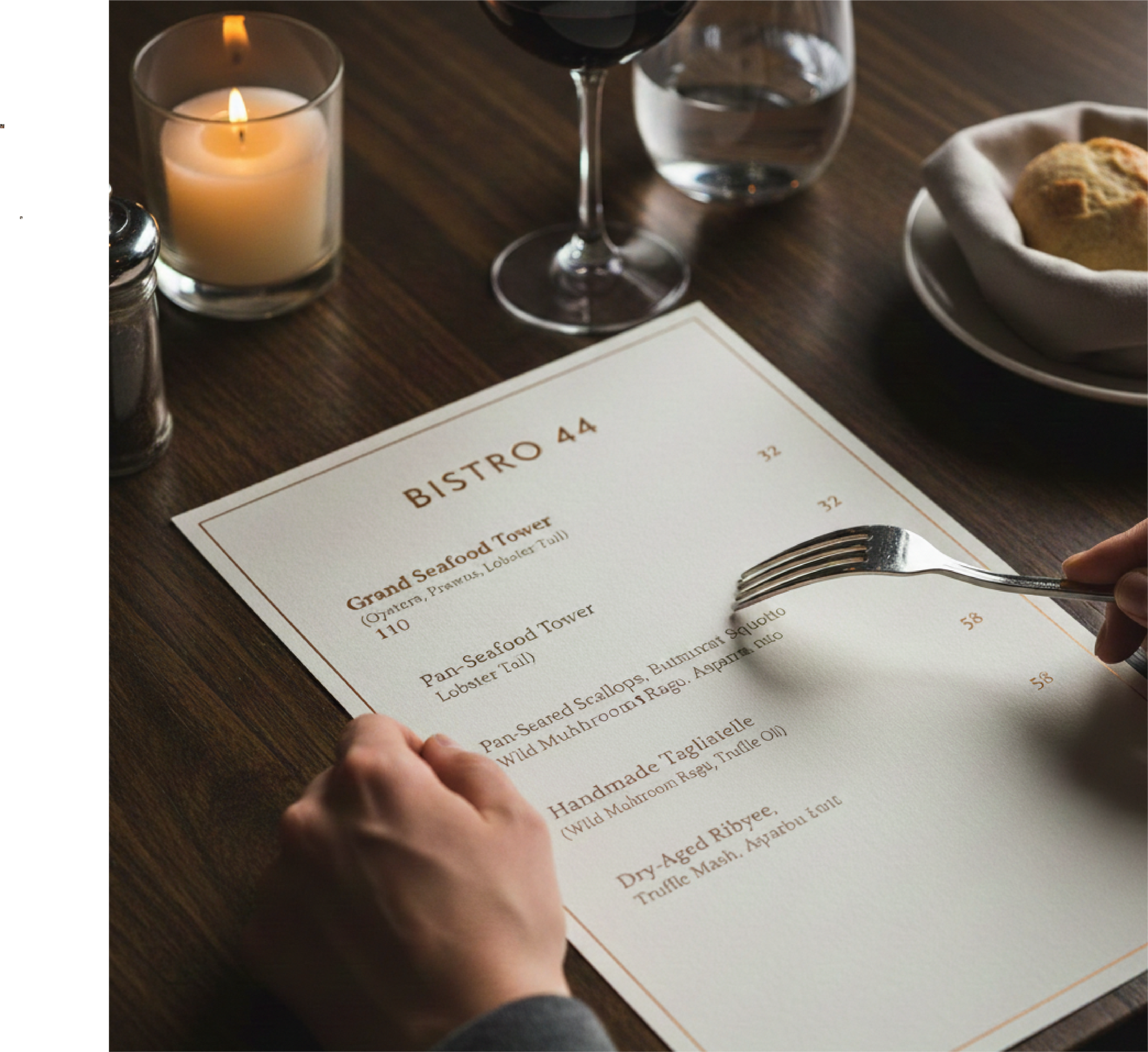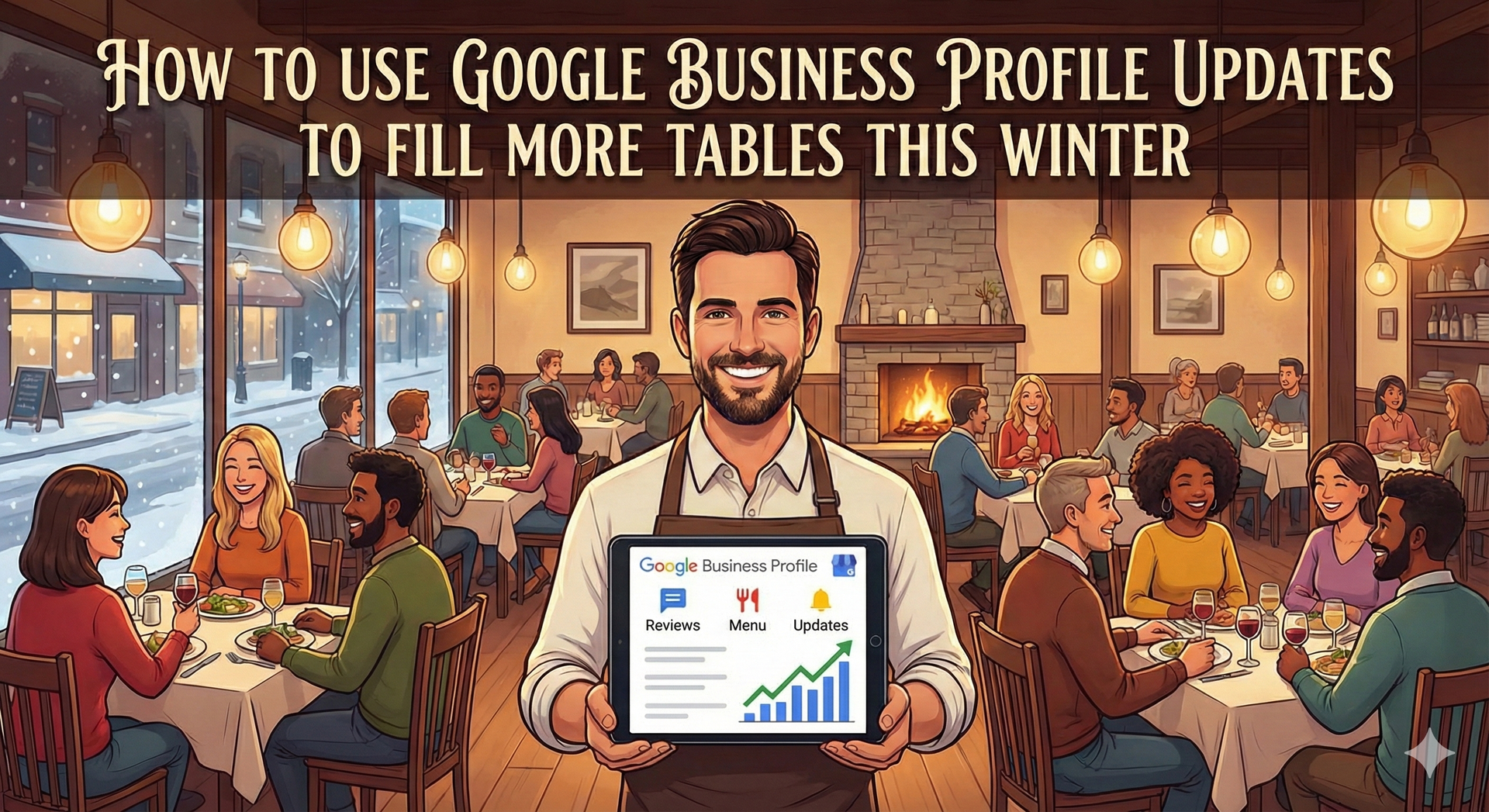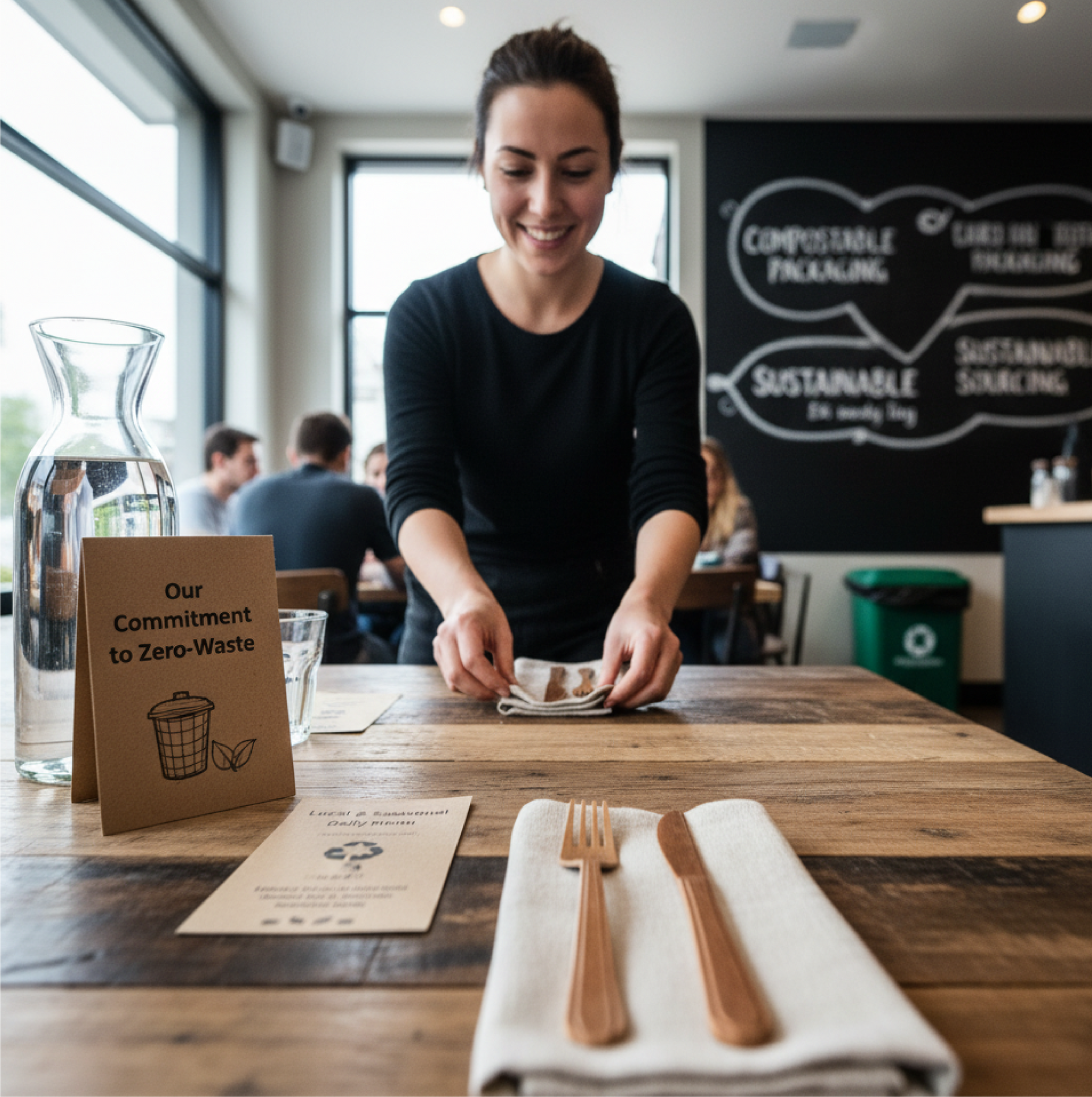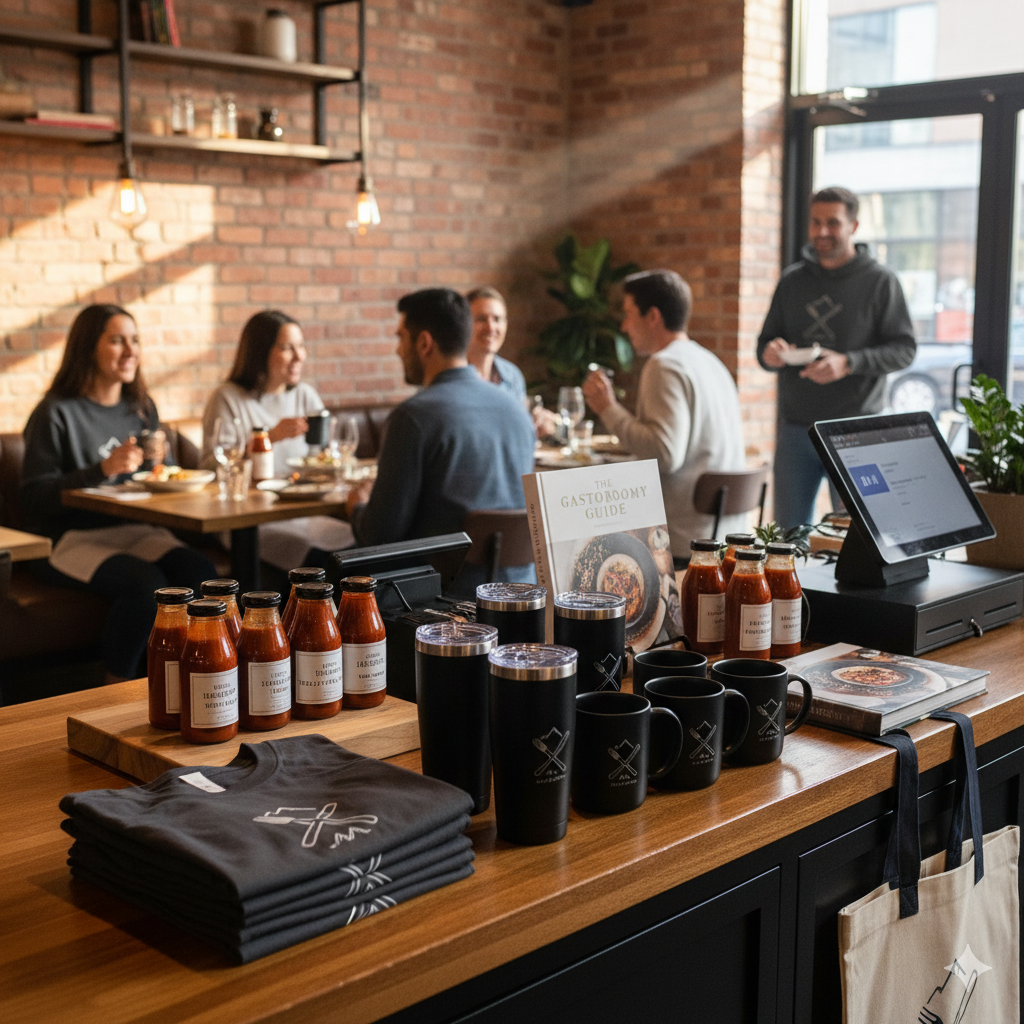Blog
The Controversy of Third-Party Restaurant Food Delivery Services
How this "necessary evil" is evolving for restaurant operators

The demand for food delivery services increased when COVID-19 emerged. These third-party delivery services provided an independent delivery personnel to deliver food to customers through their apps with a delivery fee and tip for the delivery driver.
Most restaurants benefitted from these third-party food delivery services, but other restaurants did not have the same success rate. According to Mary King, “third-party food delivery services have setup fees of up to $400, charge a commission of 10% to 40% per order, and may not integrate with your point-of-sale system.”1
Restaurants are not opposed to using third-party delivery apps if that means they have gained new customers through them, but what happens when these customers are not willing to spend the extra fees to have their food delivered to them? What happens if the independent driver of these third-party food delivery services is not given a tip because the customers do not believe in tipping if there is a delivery fee?
The positive side of third-party delivery services
Food delivery through third-party services is very popular among Millennials, Gen-Z, and busy working parents. Food delivery services are not the quickest or cheapest, but it is popular because of the convenience it provides for consumers.
“A 2021 study by Buyer’s Edge Platform found, 42.3% of consumers still prefer eating takeout or delivery at home.”2
Companies such as GrubHub, DoorDash, Postmates, and Uber Eats have been growing in popularity, more so now during the pandemic. “According to a study conducted by Zion & Zion, 63% of young adults use third-party delivery apps.”3
In addition, using these delivery services also opens marketing opportunities for restaurants. Many of these companies provide services in which allow restaurants to gain loyal followers in the delivery service with the use of discounts and other loyalty strategies.
If a restaurant is new, marketing themselves on these delivery services allows the restaurant to gain another target audience. For example, DoorDash may notify its users in the area that the restaurant has opened and is on DoorDash.
Moreover, to further promote your restaurant on these apps, “you can pay extra for priority placement, promoted listings, and featured offerings.”4 On GrubHub, a restaurant using their marketing commission can increase their visibility on the app by 20%, for example.5
The negative side of third-party delivery services
Some restaurateurs claim that third-party delivery services are doing more harm than good. After commissions and fees, it can cost consumers and providers up to 30-40% more.6
During the pandemic, these third-party delivery services were putting a hold on delivery fees to help aid in the pandemic, but ever since restrictions have been lifted, these delivery fees have come back and are more expensive than ever.
Customers using these apps have complained that the delivery fee is too high and ridiculous. They claim it serves no purpose because most of these delivery fees do not go towards the driver at all, which means customers still must add on an additional tip.
Customers are reluctant to tip their drivers through these third-party delivery services. Some are not aware that the delivery fees do not go directly to the independent driver, or they know and do not care enough to put in a tip.
Furthermore, this hurts the drivers and the restaurant in which the order was placed at. When drivers get an order notification, they can only see how much the order is. After they choose to accept the order, they can then see how much they will be paid in tips.
For drivers, they will be angry that they did not receive a tip and continue the order depending on whether they will still get paid a specific rate provided by the third-party service. However, some choose to cancel the order, which will result in the customer waiting longer to receive their food, resulting in it getting cold.
Having said that, if no one is willing to accept the order, restaurants will have to throw away the order that was not picked up, which results in a waste of ingredients and supplies. In addition, “a survey of 42,000 people by Service Management Group found that 35% of customers experienced a problem when using a third-party delivery service, and almost half of them faulted the restaurant.”7
Other third-party delivery services
Ways in which restaurants can still provide delivery services are through smaller third-party services. Smaller third-party services do not overcharge restaurants for commission, and some have little to no delivery fee depending on where the restaurant is in a specific area.
A few examples include ChowNow and Toast. ChowNow is an online ordering platform in which restaurants can easily use to manage delivery or pickup orders. The company does not charge for delivery fees. Instead, they charge flat rate monthly fees – “$99 a month for a two-year plan (plus a $199 setup fee), $119 a month for an annual plan (plus a $199 setup fee) and $149 a month for a monthly plan (plus a $399 setup fee).”8
In addition, Toast is a restaurant technology sales company. However, when COVID-19 emerged, the company developed Toast TakeOut, which allows for customers to order their food online, pay in advance, and pick up their order from the restaurant themselves. Toast TakeOut does not charge restaurants any software fees if they are participating in using the Toast Online Ordering product.
Should restaurants continue using third-party delivery services?
The use of third-party delivery services is dependent on the restaurant and how much they are willing to pay for these services. It may be best for restaurants to use smaller food delivery companies, but this may not help the restaurant gain visibility or provide a larger scale of marketing services.
Furthermore, consider your restaurant’s demographics. There are some well-known delivery services in which cater to a specific target audience such as Black-owned restaurants.
It is also important to note whether the third-party delivery service will integrate well with your POS. If not, consider how easy it is to make changes to the system such as menus and prices.
Overall, delivery should always be something restaurants should consider because most people are looking for convenience now.
References
1. https://fitsmallbusiness.com/pros-cons-third-party-delivery-services/
2. https://www.touchbistro.com/blog/third-party-food-delivery-services/
3. https://www.forbes.com/sites/stevenbeagelman/2020/07/24/third-party-delivery-is-more-important-than-...
4. https://fitsmallbusiness.com/pros-cons-third-party-delivery-services/
5. Ibid
6. https://www.forbes.com/sites/forbesfinancecouncil/2020/05/04/why-food-delivery-companies-may-be-doin...
7. https://www.forbes.com/sites/forbesfinancecouncil/2020/05/04/why-food-delivery-companies-may-be-doin...
8. https://www.today.com/food/top-alternative-delivery-sites-aim-help-local-restaurants-t208001











